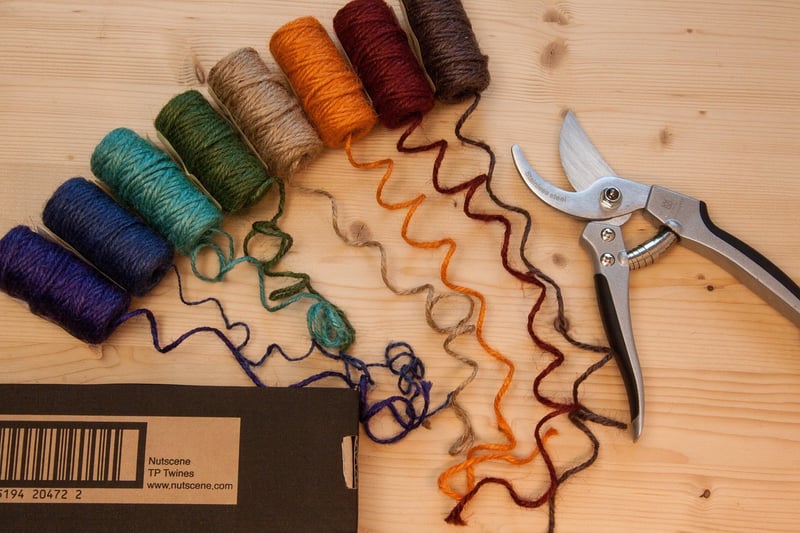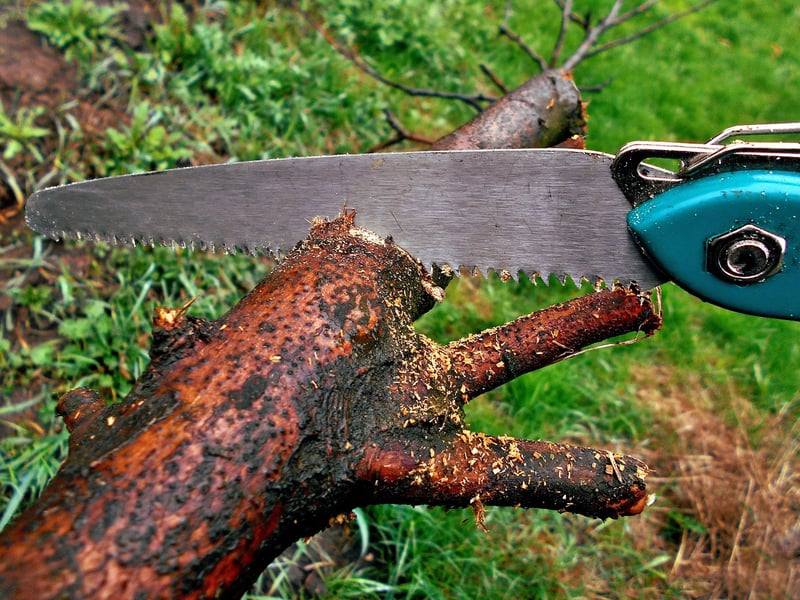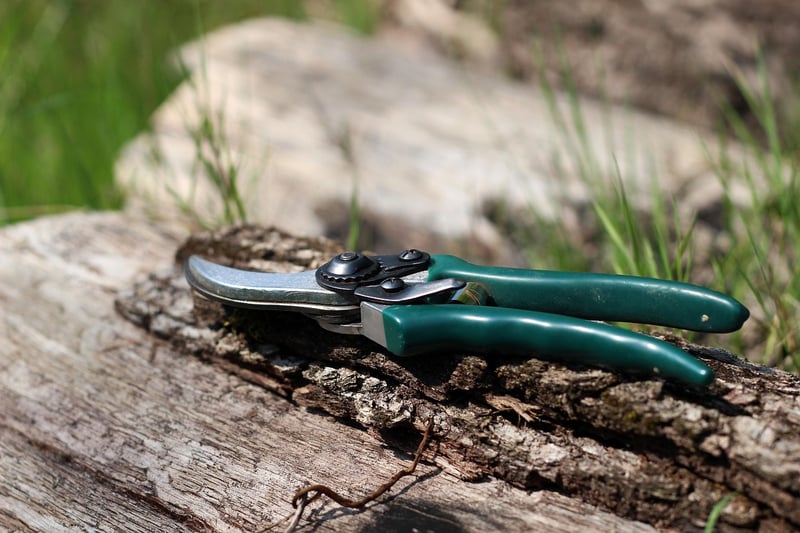Pruning techniques
Keeping Your Garden Healthy: Essential Pruning Techniques
Welcome to our guide on maintaining a healthy garden through proper pruning techniques. Whether you're a seasoned gardener or just starting, pruning is a vital skill that can enhance the beauty and productivity of your plants. Let's dive into some essential tips and tricks to help you keep your garden in top shape.
Why Pruning is Important
Pruning is more than just cutting away dead branches; it promotes plant growth, improves airflow, and enhances overall plant health. By removing diseased or overgrown branches, you can prevent the spread of infections and encourage new growth.
Essential Pruning Tools
Before you start pruning, make sure you have the right tools for the job. Essential pruning tools include:
- Pruning shears
- Loppers
- Pruning saw
- Gloves
Key Pruning Techniques
Here are some key pruning techniques to help you maintain a healthy garden:
- Deadheading: Remove spent flowers to encourage new blooms.
- Thinning: Remove excess branches to improve airflow and light penetration.
- Heading back: Cut back overgrown branches to promote new growth.
- Crown cleaning: Remove dead or diseased branches from the crown of the plant.
When to Prune
It's essential to prune your plants at the right time to avoid damaging them. Here are some general guidelines:
- Spring-flowering shrubs: Prune after flowering.
- Summer-flowering shrubs: Prune in late winter or early spring.
- Deciduous trees: Prune in late winter when dormant.
- Evergreen trees and shrubs: Prune in early spring before new growth appears.
Conclusion
Pruning is a crucial aspect of garden maintenance that can help you keep your plants healthy and thriving. By following the right techniques and timing, you can promote growth, prevent disease, and enhance the beauty of your garden. Remember to always use sharp, clean tools and make precise cuts to ensure the best results.
Happy pruning, and may your garden flourish!


